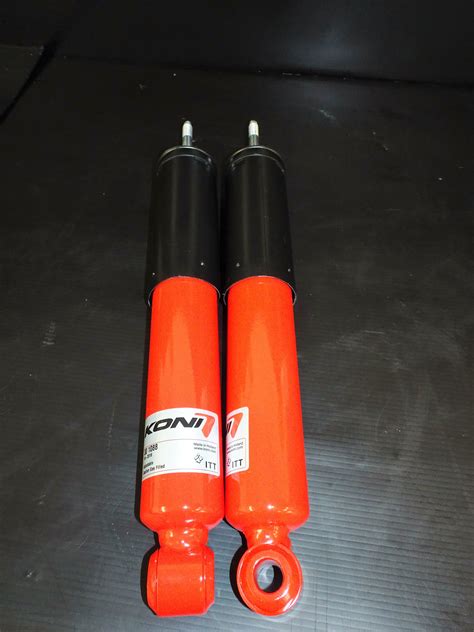
**Understanding Car Dampers: A Comprehensive Guide** **Introduction** Car dampers, often referred to as shock absorbers or struts, play a crucial role in ensuring the stability, control, and comfort of a vehicle. These components are essential for effectively absorbing and dissipating energy from road irregularities, maintaining tire contact with the road surface, and minimizing unwanted vehicle movement. In this comprehensive guide, we will delve into the intricacies of car dampers, exploring their functions, types, construction, and maintenance aspects. **Functions of Car Dampers** 1. **Shock Absorption:** Car dampers are primarily responsible for absorbing and dissipating the energy generated by road irregularities such as bumps, potholes, and uneven surfaces. They prevent the vehicle from bouncing excessively, ensuring a smooth and controlled ride for passengers. 2. **Tire Contact with the Road:** Dampers help maintain optimal tire contact with the road surface, even in challenging road conditions. This is crucial for maintaining traction, stability, and control during acceleration, braking, and cornering maneuvers. 3. **Minimizing Vehicle Movement:** Dampers effectively control unwanted vehicle movement caused by road irregularities. They prevent excessive body roll, pitch, and bounce, enhancing the vehicle's stability and handling characteristics. **Types of Car Dampers** 1. **Conventional Dampers:** Conventional dampers, also known as twin-tube dampers, consist of two concentric tubes filled with hydraulic fluid. The outer tube houses the main piston, which compresses the fluid when the suspension is compressed. The inner tube contains a smaller piston that compensates for fluid displacement and regulates the damping force. 2. **Monotube Dampers:** Monotube dampers feature a single tube design, where both the main piston and compensation piston operate within the same cylinder. This design offers improved heat dissipation and allows for more precise damping control, making them suitable for high-performance vehicles and demanding driving conditions. 3. **Electronic Dampers:** Electronic dampers, also known as adaptive dampers or electronically controlled suspension (ECS), utilize sensors and electronic control units to adjust the damping force in real time. This allows the suspension to adapt to varying road conditions, providing optimal ride comfort and handling characteristics. **Construction of Car Dampers** 1. **Piston:** The piston is a cylindrical component that moves within the damper's cylinder. It consists of a piston rod, piston head, and piston rings. The piston rod is connected to the suspension components, while the piston head compresses the hydraulic fluid during suspension movement. 2. **Cylinder:** The cylinder is a cylindrical housing that encloses the piston. It is typically made of steel or aluminum and provides a smooth surface for piston movement. 3. **Hydraulic Fluid:** Hydraulic fluid, often referred to as shock oil, is a non-compressible fluid that fills the damper's cylinder. It transmits force from the piston to the compensation piston and absorbs shock energy through its viscous properties. 4. **Valves:** Valves regulate the flow of hydraulic fluid within the damper, controlling the damping force. Compression valves regulate the flow of fluid during compression, while rebound valves control the flow during rebound. **Maintenance of Car Dampers** 1. **Regular Inspections:** Regular inspections of car dampers are crucial for ensuring their optimal performance and identifying potential issues early on. Inspections should include checking for leaks, excessive wear, and damage to the damper components. 2. **Replacement Intervals:** Car dampers typically have a lifespan of around 50,000 to 100,000 miles. However, factors such as driving conditions, vehicle weight, and road quality can affect their longevity. It is recommended to consult your vehicle's manufacturer or a qualified mechanic for specific replacement intervals. 3. **Professional Installation:** Car damper replacement should be performed by a qualified mechanic who has the necessary tools and expertise. Improper installation can compromise the performance and safety of the suspension system. **Conclusion** Car dampers play a pivotal role in ensuring the stability, control, and comfort of a vehicle. Understanding their functions, types, construction, and maintenance aspects is essential for maintaining optimal vehicle performance and safety. Regular inspections and timely replacements can help extend the lifespan of car dampers and ensure a smooth and enjoyable driving experience.

